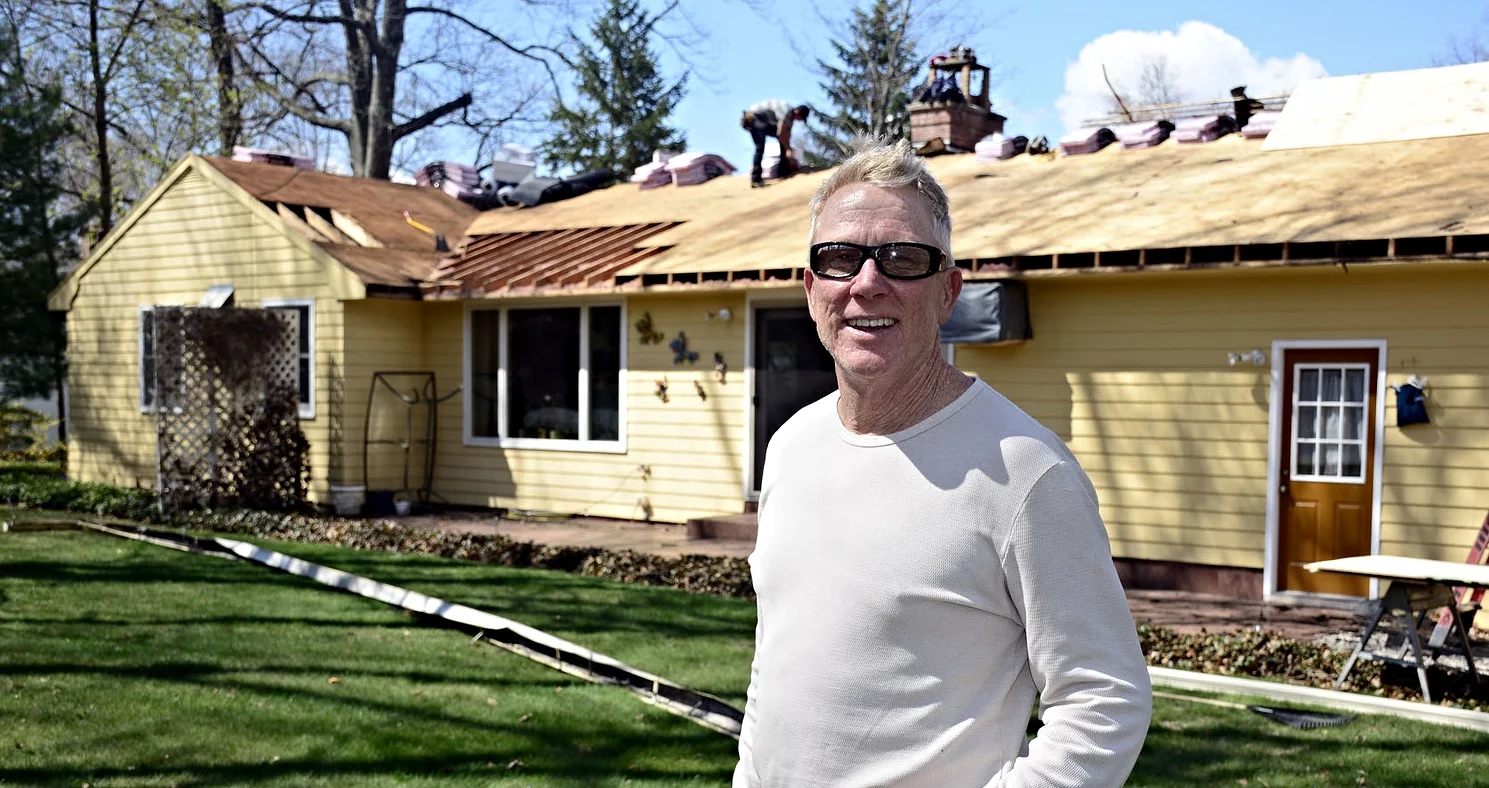Investing in a Fixer Upper? Bobby O's Five Must-Read Tips
Chelsea O'Donnell
For a lot of young people, a first step onto the property ladder might mean purchasing an older home that needs a bit of work. Fixer-uppers can be a great way to enter the real estate market, especially if you’re handy around the house and know a thing or two about remodeling. But if you’re new to the game, getting swayed into paying too much for a rundown home that needs more work than it’s worth can be a real risk. Here are some things to think about before sinking your life savings into a piece of property:
Mr. Inspector
No matter what, always make sure you have an inspector look at the property and report on his or her findings. Lots of homes look perfectly fine on the outside but have expensive or even toxic damage hidden within the property. An inspector will document any issues he or she finds, and at the very least you should be able to use that information to negotiate the price with the seller. If major parts of the house such as the foundation or structural walls need replacing, or if the house has lead paint, lead pipes, or asbestos, you might want to rethink your potential purchase entirely.
Your Budget +15%
Be really clear about how much you are willing to spend to renovate your purchase into the house of your dreams, and be sure to include the cost of materials, the labor and any permits and paperwork in your estimate. Know that very few projects run to budget, so tack on an extra 15% to give yourself some breathing room. Think about what projects have to be dealt with immediately and which ones can wait. Broken stairs might need immediate attention, but the pink sink and bathtub might just grow on you – at least for the first year.
A Piece of History
Make sure you are aware of the historic status of an old home. Many people purchase houses in an area or zone that doesn’t allow the aesthetic to be changed, which could put a real damper on your dream plans. Also, know that historic restoration is much more expensive than a normal remodel, and it often requires specialists to get the job done right. Be aware of this before you buy.
Keep it Vanilla
A lot of young people buy fixer uppers with plans to remodel in a way that suits them personally. This is fine, but consider what types of projects will enhance the resale value of your home and attract a wide variety of buyers. Additionally, make sure that your remodeling plans keep your house in line with the other homes in the area. Real estate experts suggest keeping your home within 10-15% of the median sale price of other homes in the neighborhood. The last thing you want to do is spend a fortune to revamp a house and then not be able to sell it when the time is right.
Your Crew
Once you decide on your fixer-upper, make sure you hire experts to handle each individual job. Many people are tempted to get one handyman to install the flooring, replace the electrical, and fix the plumbing as a way to save money. This usually comes back to bite the homeowner as no general contractor can be an expert at everything. Find a pro that you love and ask him or her for recommendations. Every contractor has other tradespeople that they feel comfortable introducing to their clients because they do great work. Remember, it’s their reputation on the line too.
Bob O’Donnell is the owner of O’Donnell Bros. Inc., a Bristol-based home improvement company established in 1975. Email your questions to info@odonnellbros.com with the subject line “Ask the Pro.” All questions may be considered for publication. To contact Bob for your remodeling needs, call O’Donnell Bros. Inc. at (860) 589-5155 or visit http://www.odonnellbros.com. Advice is for guidance only.
